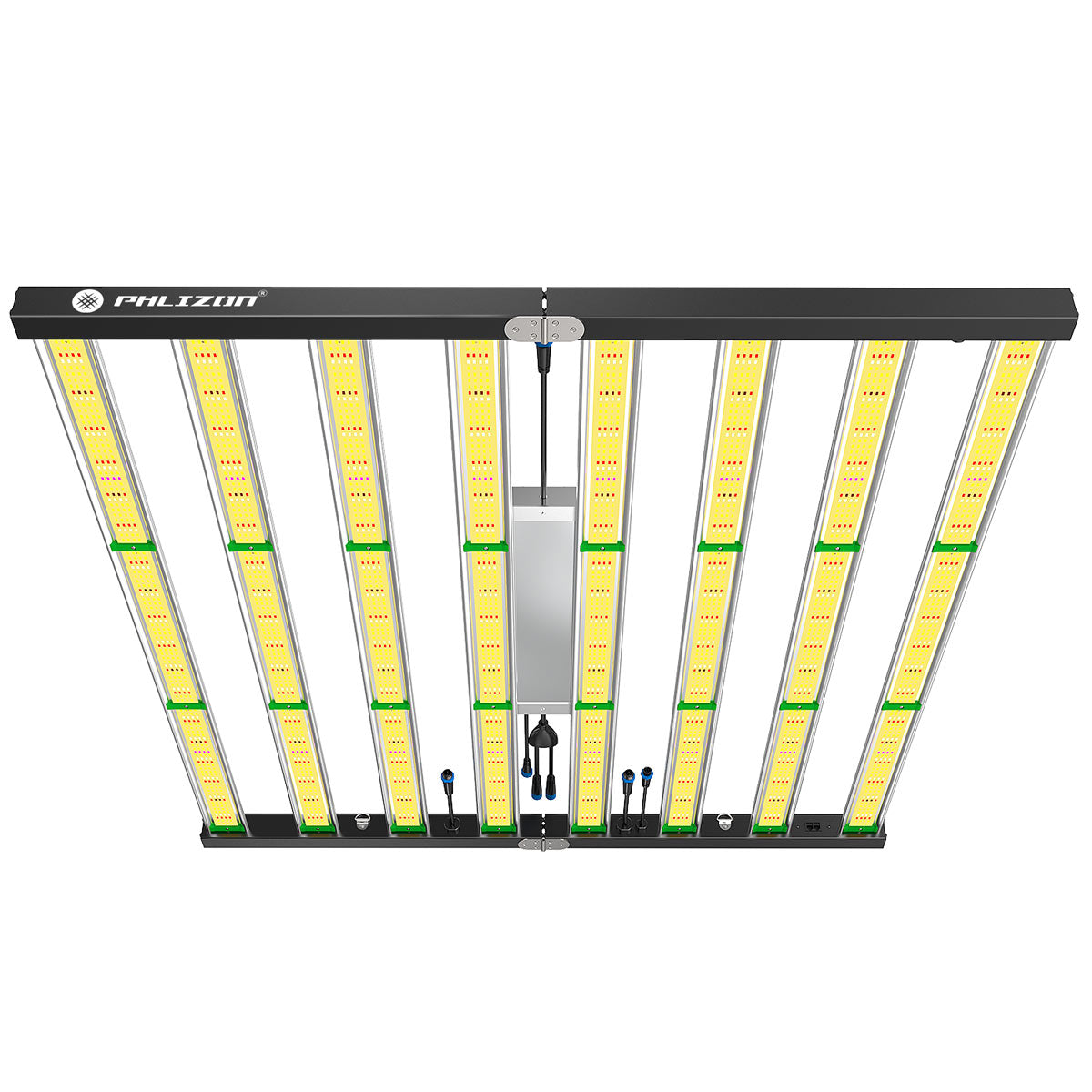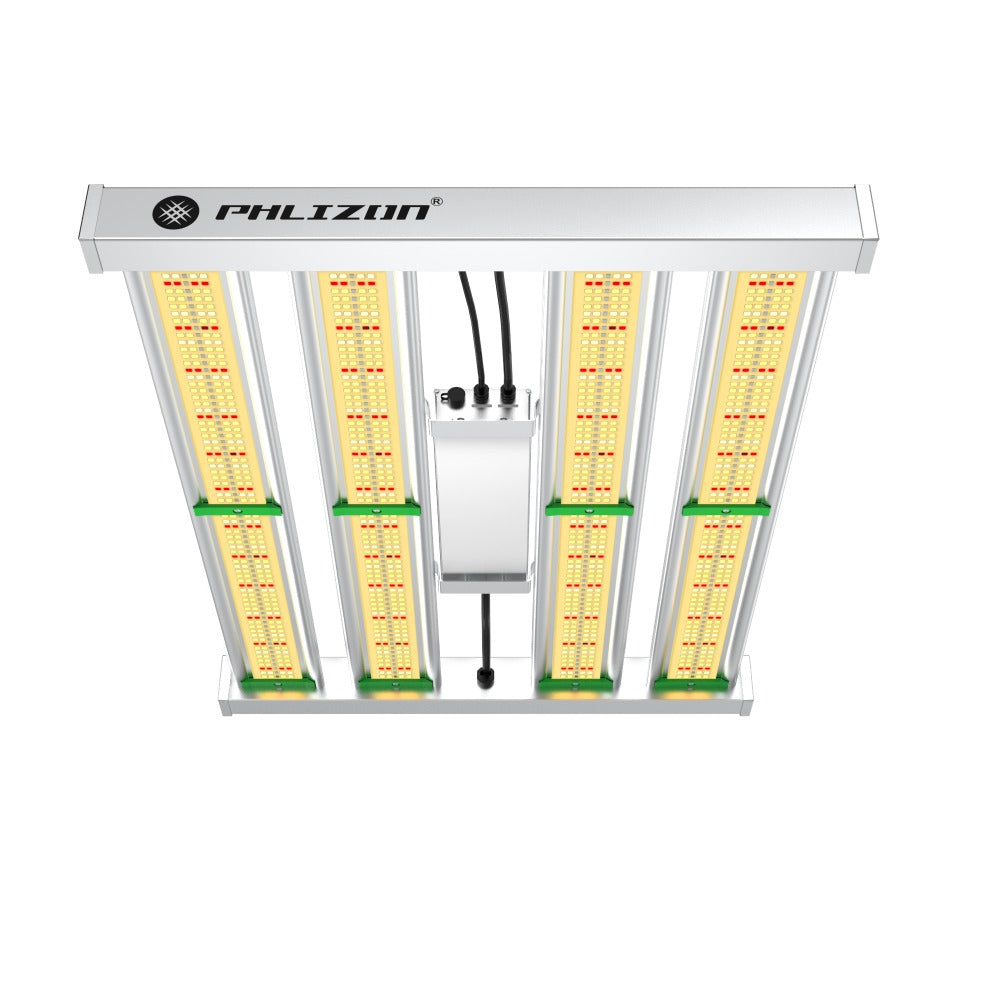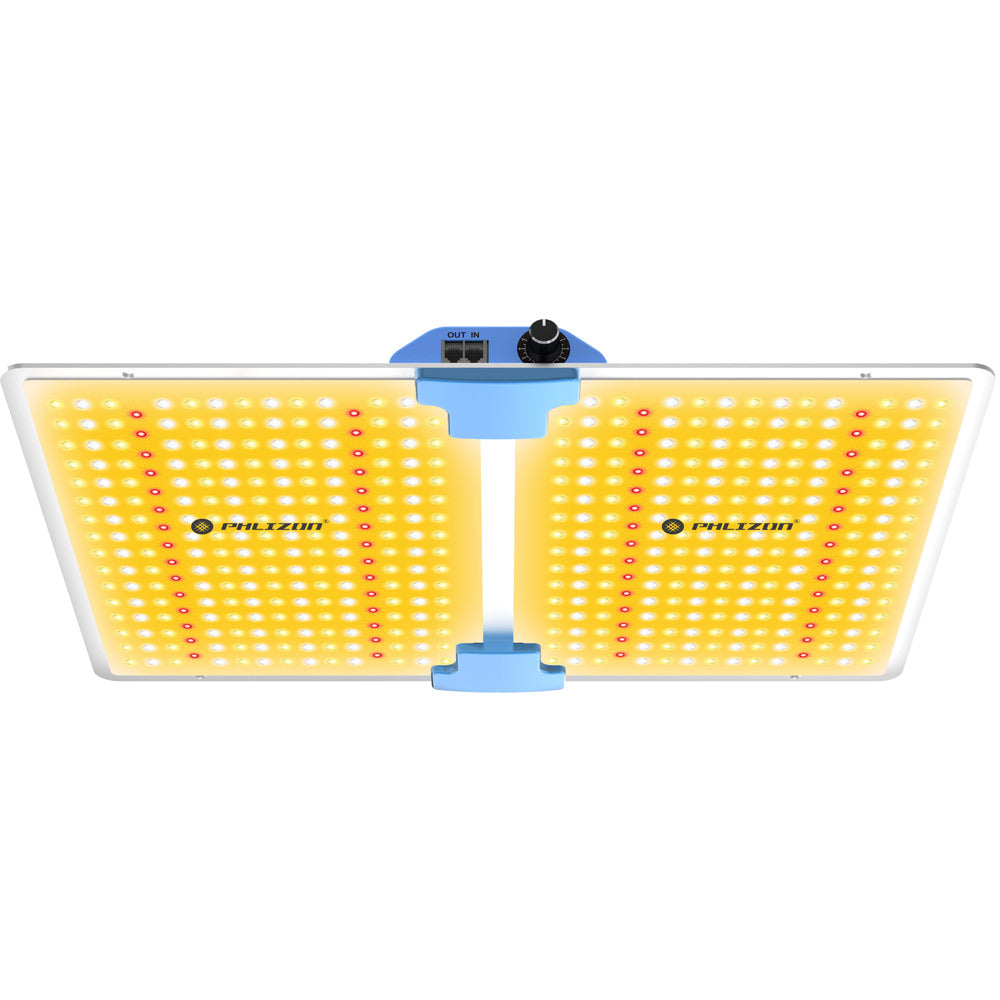Menu
What Spectrum Does Your Plant Need Indoors?
If you're an indoor grower, understanding the spectrum of light your plants need is crucial for their growth and development. Just like outdoor plants, indoor plants also require specific light spectrums to carry out photosynthesis effectively. In this article, we will explore the different light spectrums and their impact on indoor plant growth.
Plants utilize light energy in the process of photosynthesis to convert carbon dioxide and water into glucose and oxygen. The spectrum of light that plants need for this process consists of different wavelengths, each with its own unique role in plant development.
What spectrum Indoor Plants Need
-
Blue Spectrum:
The blue spectrum, which ranges from approximately 400 to 500 nanometers, is vital for promoting vegetative growth in plants. Blue light stimulates the production of chlorophyll, the pigment responsible for the green color in plants. It also plays a crucial role in regulating plant growth hormones, such as auxins, which are essential for stem and leaf development.
-
Red Spectrum:
The red spectrum, ranging from around 600 to 700 nanometers, is crucial for flowering and fruiting stages of plant growth. Red light encourages the production of phytochrome, a pigment that regulates flowering and fruiting processes. It also promotes root development and enhances overall plant growth.
-
Full Spectrum:
While blue and red spectrums are essential for specific stages of plant growth, a full spectrum light source is necessary for overall plant health and vitality. Full spectrum lights provide a balanced combination of blue, red, and other wavelengths, resembling natural sunlight. This broad range of wavelengths ensures that plants receive the necessary light energy for all stages of growth, from seedling to flowering.
Many indoor growers choose to use LED grow lights, as they can be customized to emit specific spectrums of light. LED grow lights are energy-efficient and highly adjustable, allowing growers to provide their plants with the optimal light spectrum for each growth stage.
It's important to note that different plant species have varying light requirements. Some plants, such as leafy greens and herbs, thrive under predominantly blue light, while others, like flowering plants, require a balanced combination of blue and red spectrums. Researching the specific light needs of your plants will help you determine the ideal light spectrum to provide.
When setting up your indoor grow space, consider the distance between the light source and your plants. Light intensity decreases as the distance increases, so it's crucial to place the lights at an appropriate height to ensure adequate light exposure. Monitoring the light duration is also important, as most plants require a certain number of hours of light and darkness to maintain healthy growth patterns.
In conclusion, understanding the spectrum of light your plants need is essential for successful indoor gardening. By providing the appropriate light spectrums, you can promote healthy growth, flowering, and fruiting in your plants. Whether you opt for LED grow lights or other lighting options, remember to research the specific light requirements of your plants and adjust accordingly. Happy growing!
Full-spectrum LED Grow Light
A full-spectrum LED grow light is the perfect lighting solution for indoor plants. Whether you have a small countertop herb garden or a large greenhouse, there is a full-spectrum LED grow light that will seamlessly fit into your space.
One of the key benefits of full-spectrum LED grow lights is their ability to provide the perfect balance of light for plants. These lights emit a full spectrum of wavelengths, including both red and blue light, which are essential for photosynthesis. This means that your plants will receive the optimal amount of light they need to grow and thrive.
In addition to providing the right type of light, full-spectrum LED grow lights also offer flexibility in terms of the variety of plants you can grow. From leafy greens to flowering plants, these lights can support a wide range of plant species. This versatility allows you to experiment with different types of plants and create a diverse indoor garden.
Featured blog
- Choosing a selection results in a full page refresh.

















